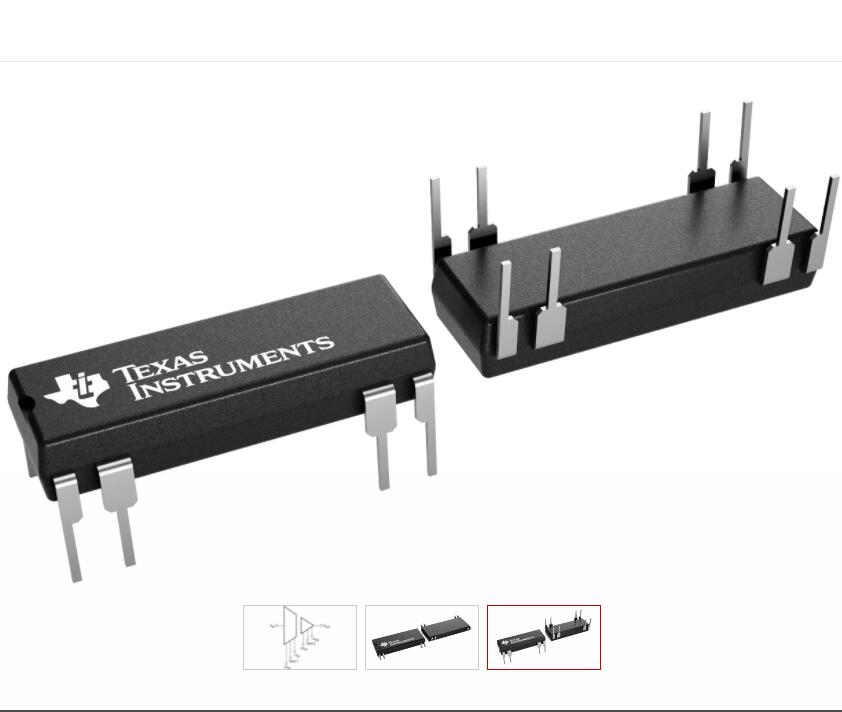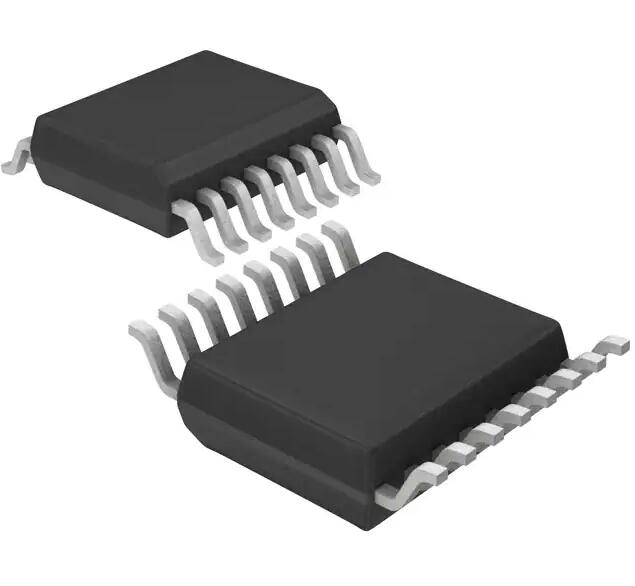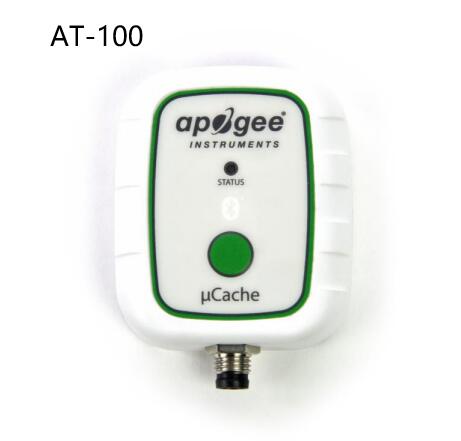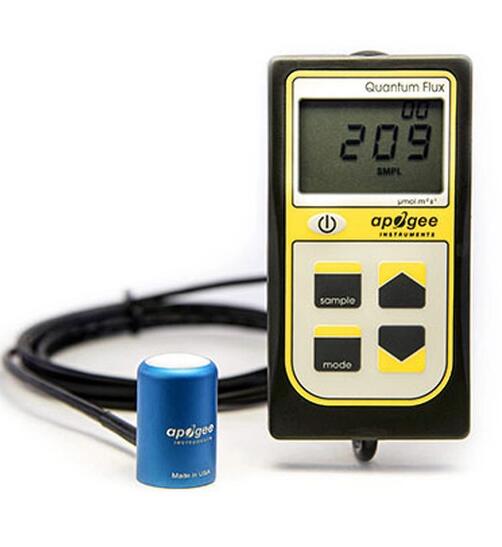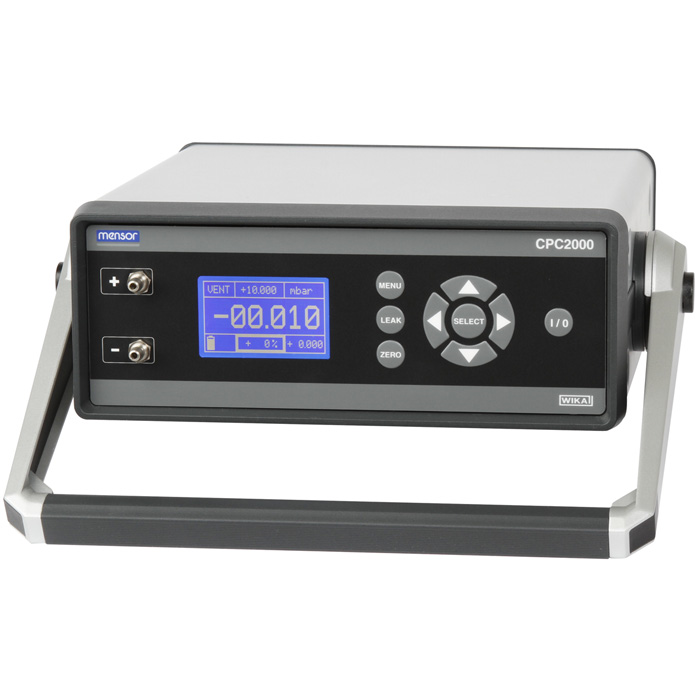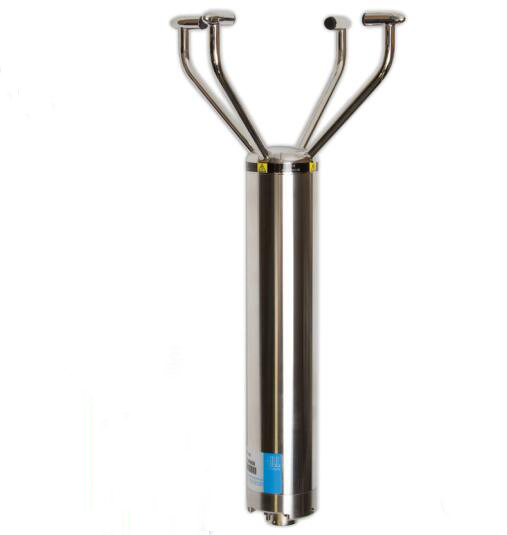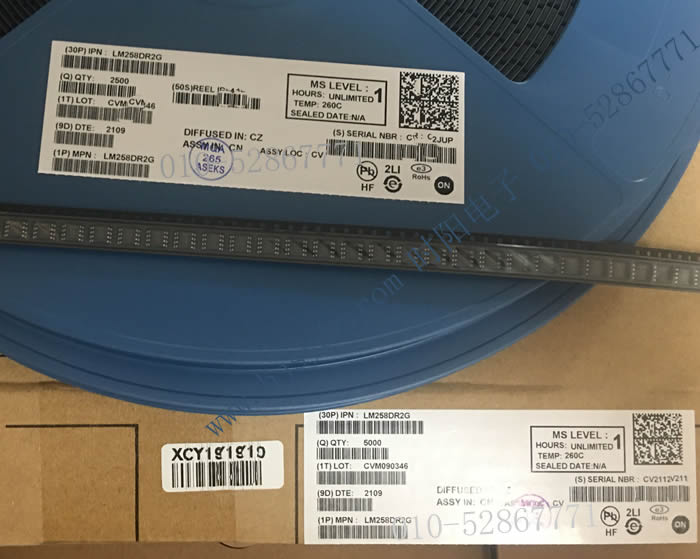Exotics
Alphasense is expanding its line of electrochemical toxic gas sensors to address industry-specific requirements, including emissions monitoring, process safety, environmental monitoring and VOCs.
Ethylene Oxide (C2H4O)
The ETO is a general purpose sensor, primarily developed for monitoring Ethylene Oxide but also capable of measuring other volatile organic compounds (VOCs). Our toxic evaluation board allows easy adjustment of the bias voltage to optimise this sensor for the required application.
See application note AAN113.
Available in A and B series
Hydrogen (H2)
The Hydrogen sensor has excellent ppm sensitivity for low concentrations to 2,000ppm H2. The very low sensitivity to CO makes this one of the most selective Hydrogen sensors on the market.
As with all Hydrogen sensors, temperature compensation for sensitivity must be applied carefully.
Available in A series.
Hydrogen Chloride (HCl)/Hydrogen Bromide (HBr)
The HCL sensor also detects Hydrogen Bromide (HBr). These HCL sensors are zero biased for easier use.
Available in A and B series.
Hydrogen Cyanide (HCN)
In manufacturing, the use of Styrene Acrylonitrile (SAN) for food packaging and other consumer products has increased the danger of HCN generated during fires. Alphasense has responded to this issue with HCN sensors with fast response and stable output.
Available in A, B and D series.
Phosphine (PH3)
Our Phosphine sensors cover all hydrides: Silane (SiH4), Diborane (B2H6), Germane (GeH4) and Phosphine (PH3) for the semiconductor industry.
We have also introduced the PH3-BE sensor specifically for food storage where higher concentrations of Phosphine are encountered.
Available in A and B series.
Ammonia (NH3)
Our first family of Ammonia sensors. This sensor is designed for higher concentrations of Ammonia. Sensors for lower level detection are in development.
Available in B series.
Ozone (O3)
The new O3-B4 measures Ozone at low ppb concentrations. Low sensitivity to SO2 and repeatable sensitivity to NO2.
Available in B and soon in the A series.
Future sensors will include Fluorine, Hydrogen Fluoride, Chlorine Dioxide, Phosgene and Formaldehyde
Data sheets
Go to downloads page



